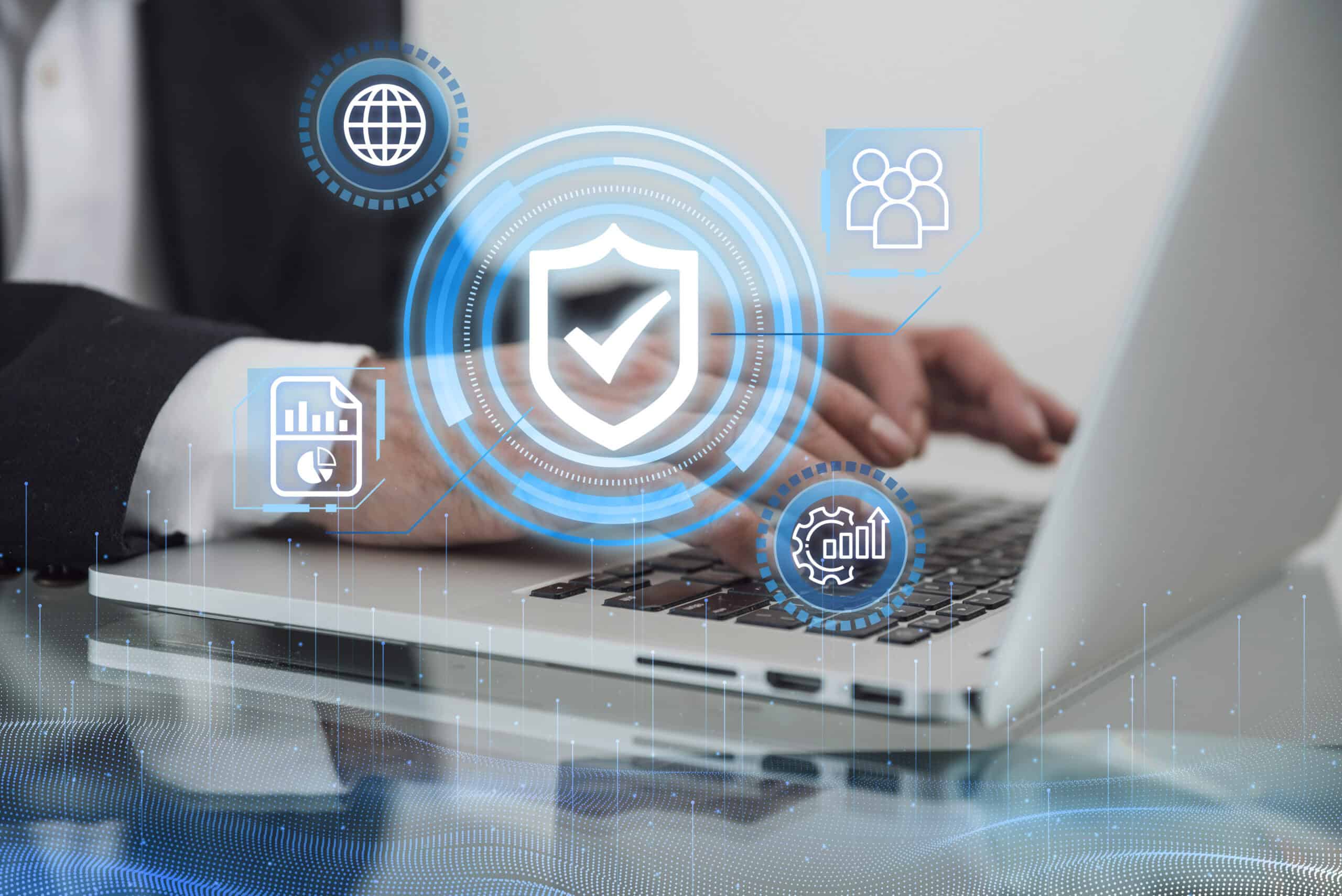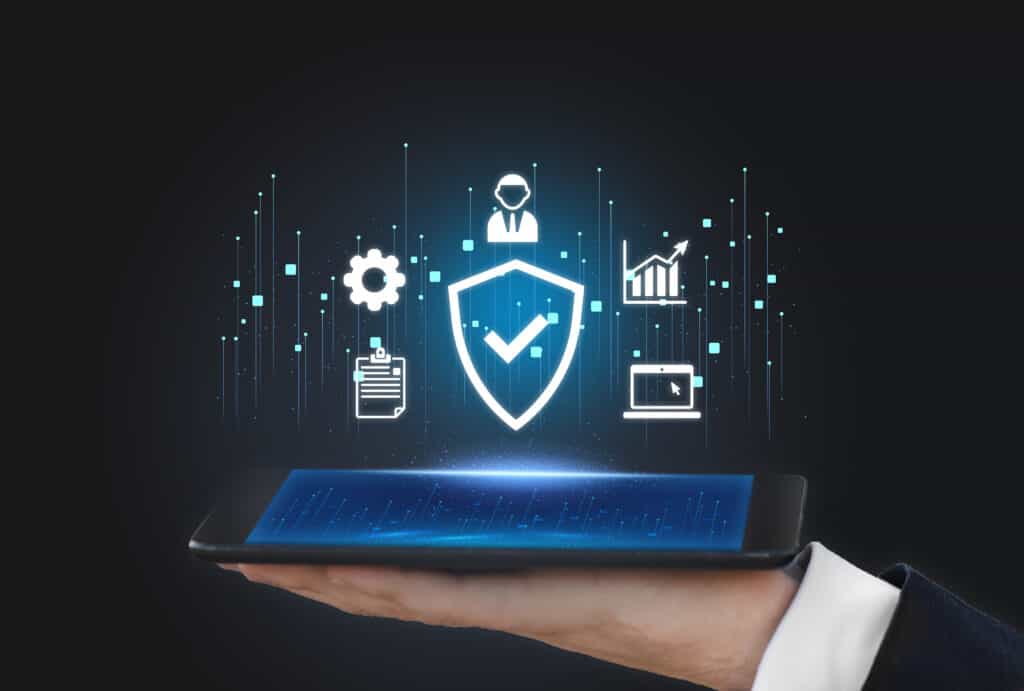
By alphacardprocess July 24, 2025
When you say PCI compliance, to most people, it means firewalls, encryption, secure servers. But then the reality is that credit card fraud and identity theft doesn’t just happen to big corporations—smaller businesses are often targeted simply because of simple human error.
Perhaps you’ve adopted the newest secure payment technologies, but the greatest danger is often from your own team. A sticky note with a password, an idle click on a phishing email or a card number spoken aloud in a public space — such little lapses can lead to a lot of trouble.
That’s why PCI DSS (Payment Card Industry Data Security Standard)f isn’t just about technology. It’s about people — how they keep, store, and protect cardholder data in everyday activities. Properly training your employees is one of the most useful means by which to remain in compliance with the law and prevent costly breaches.
The good news? It needn’t be difficult. In this guide, we’re going to explain how to teach PCI compliance without the jargon, stress, and overwhelm. Let us start.
What Is PCI Compliance?
Yes PCI compliance sounds technical, but more importantly, it is a set of common-sense rules that help companies protect credit card data. It’s built on the PCI DSS (that’s the Payment Card Industry Data Security Standard).
If your company does any of the following: accepts, stores, processes, or transmits cardholder data, even infrequently, these regulations are very much for you. That goes for paying in person, online, and even over the phone — pretty much whenever you’re dealing with some combination of credit card or debit card numbers.

To become compliant with the PCI DSS, merchants and other service providers must achieve compliance with 12 requirements. Majorly it involves:
- Protect cardholder data
- Limit who has access to it
- Monitor how it’s used
- Keep systems secure
Although your payment processor can take care of a lot of the technical setup, your team members are still responsible for keeping everything compliant. After all, they deal with customers and payment systems all day. A mishandled receipt, an unlocked screen, a common password, and you can completely negate all of that backend security in seconds.
Why does this matter? Because breaches not only create technical headaches; they can come with steep fines, legal headaches, chargebacks and the loss of customer confidence. Short answer: At the end of the day, PCI compliance helps safeguard your business’s reputation almost as much as it does the security of the data itself.
Hence, training your team to understand how they play a role in the process isn’t just nice — it’s necessary.
The Common Pitfalls of PCI Training
A lot of businesses put out training programs that leave employees confused, or bored, or simply overwhelmed. Here’s where it commonly falls apart:
Too much jargon
Discussing buzzwords like “end-to-end encryption” or “network segmentation” doesn’t do much for the average cashier or customer service representative; most human front-line workers don’t need to decode the mechanics of firewalls — they need to know how to accept a customer’s card safely and how to spot red flags.
One-size-fits-all training
IT teams, managers and sales personnel each have their own method of using payment systems. But most employers offer everybody the same training, no matter what their job is. This results in time-wasting and lack of relevance.
Low engagement
The dry policy manuals and hourlong training videos memorized or, more likely, not, tend to produce the same effect: glazed eyes and ignored details. If the staff can’t relate to the material, then the material won’t stay with them.

No reinforcement
If you train one time a year, then that’s not enough. Even healthy habits fade over time without the reminders and follow-ups of other alarm systems, and small slip-ups can lead to large risks.
The takeaway? For PCI training to be effective this must be clear, role specific and continual. When done well, it’s just part of your team’s daily rhythm, not another box to check in the annual calendar.
Break It Down: PCI Compliance by Role
One of the best ways to get PCI compliance training to “stick” is to customize it as per people’s everyday job functions . Not everyone is required to understand the technical details of cybersecurity — but everyone is required to know their role in keeping payment data secure.” Here’s how to parse it out on a role by role basis:
Frontline Employees (including cashiers, waiters and retail personnel)
These are the people on your front line. Their training should focus on:
- Securing card payments — no copying numbers, no sharing devices.
- What not to do, such as writing down card details or storing printouts of receipts in an unlocked drawer.
- Noticing and reacting to suspicious orders, like a customer who makes odd requests to split payments or repeatedly swipes of card damaged.
The Back Room (Admin, Accounting, Fulfillment)
Payment data can also be revealed even behind the scenes.
- Do not keep card information in the reply to email, a spreadsheet, or your CRM, unless it’s absolutely necessary and secured.
- Employ safe equipment and platform for payment processes.
- When discussing payments over phone or email, never include full card numbers—use secure channels and partial information only.
IT and Systems Team
This is the group that requires the greatest depth of technical detail for PCI Compliance:
- Set up and maintain firewalls, antivirus, access control and other measures.
- Implement strong encryption policies for data at rest and in transit.
- Leverage monitoring to quickly identify and investigate suspicious activity.

Managers and Business Owners
The leadership team sets the tone for compliance:
- Make sure staff members follow policies and appreciate why they’re important.
- Plan and record internal audits on a regular basis to find weak points before they are exploited.
- Understanding how to report breaches promptly and appropriately is also important, as delays can compound a problem.
Customized training not only minimizes confusion, it instills the confidence and accountability your business needs to be successful at all levels of your organization.
The Essentials Your Staff Must Know
You don’t have to turn your team into IT pros to meet PCI Compliance — but you do need to ensure they know a few critical behaviors. These five golden rules are straightforward, easy-to-grasp, and should be the business equivalent of everybody’s morning ritual whatever their role:
Don’t put card information in writing or store it
No sticky notes. No Excel sheets. No texting or emailing of card numbers. It’s this sort of thing that can easily cause you to become non-compliant and leave you open to security vulnerabilities. Storing card holder data in any non-sanctioned form is one of the fastest ways to become non-compliant and introduce security issues into the mix. If it’s not encrypted and authorized, it shouldn’t be stored.
Always use secure trusted payment processor
There’s a reason your company supplies certified equipment and systems. Don’t enter payment info manually on a site unless you’re certain it’s its that site (and never circumvent security dialog boxes or customize system settings). Stick with the tools designed for safety.
Lock devices and screens
POS systems, computers, even cellphones — if it is used for payments, it needs to be locked if left unguarded. It takes only seconds for someone to abuse an open screen
Recognise phishing and scams
Fraudsters commonly pretend to be “payment providers,” “banks” or even IT support. Moreover, staff should be trained to recognize suspect emails, dodgy links or unsolicited calls requesting login credentials or payment information. When in doubt — don’t click or reply.
Report anything suspicious immediately
A little mistake doesn’t have to be a big problem — if it’s reported quickly. Foster an environment where staff feel comfortable speaking up. Whether it’s a suspected breach, a missing receipt, or a dodgy transaction, early action is good for everyone. Hence, it is important to avoid mistakes leading to non PCI compliance.
What Happens If You Ignore PCI Compliance Training?
Skipping PCI training doesn’t just put data at risk—it puts your entire business on the line.
Violations can result in fines of $5,000 to $100,000 per month, depending on the nature of the wrongdoing and how long it is left uncorrected. Even worse, you can have your merchant account shut down, forced into being unable to accept card payments at all.

Moreover, when a breach happens, it is usually the business that is legally and fiscally responsible. And the brand damage? It lingers. One security episode is all it takes to lose a customer forever.
For example: A regional retailer hired seasonal workers, but didn’t bother to train them on the basics of PCI. One worker fell victim to a bogus tech support call and inadvertently disclosed card details. The result? A $250,000 loss and loss of their payment processor account.
The point? Training is a lot cheaper than ignoring the need to train.
Conclusion
Becoming PCI-compliant is not only about ticking off a checklist — it’s about developing a culture of everyone being responsible for protecting customer data.
You don’t need to inundate your team with technical terms. Just start small. Pay attention to the essential behaviours. And reiterate them frequently with brief refreshers, not once-a-year lectures.
Leverage your POS system and payment processor’s tools to simplify and automate in the areas you can — they should help you accomplish your goals, not just call out your errors.
Encourage open conversations. Make sure that it’s OK for your team to ask questions and that they won’t be penalized if they report weird behaviour or ask for help. The sooner something’s flagged the better able you are to fix it.
At the end of the day, PCI compliance isn’t a tech issue but a people-first philosophy. And when it’s part of your daily practice, your customers can tell. They feel safer. And they keep coming back.
Frequently Asked Questions
Q1. Does PCI compliance apply if we don’t store card data?
Yes. Even if you don’t store data, processing or transmitting it (e.g., swiping a card) still requires compliance.
Q2. Who needs PCI training — just IT staff?
No. Anyone handling customer payments, devices, or data—cashiers, managers, back-office staff—should be trained.
Q3. What’s the easiest way to stay compliant?
Use PCI-compliant payment systems, follow basic security practices, and refresh staff training regularly.
Q4. Can small businesses get fined for non-compliance?
Absolutely. Even one security lapse can lead to penalties or lost payment processing privileges.
Q5. How often should PCI training be done?
At least once a year—and after any system changes, new hires, or incidents. Short, frequent refreshers help it stick.